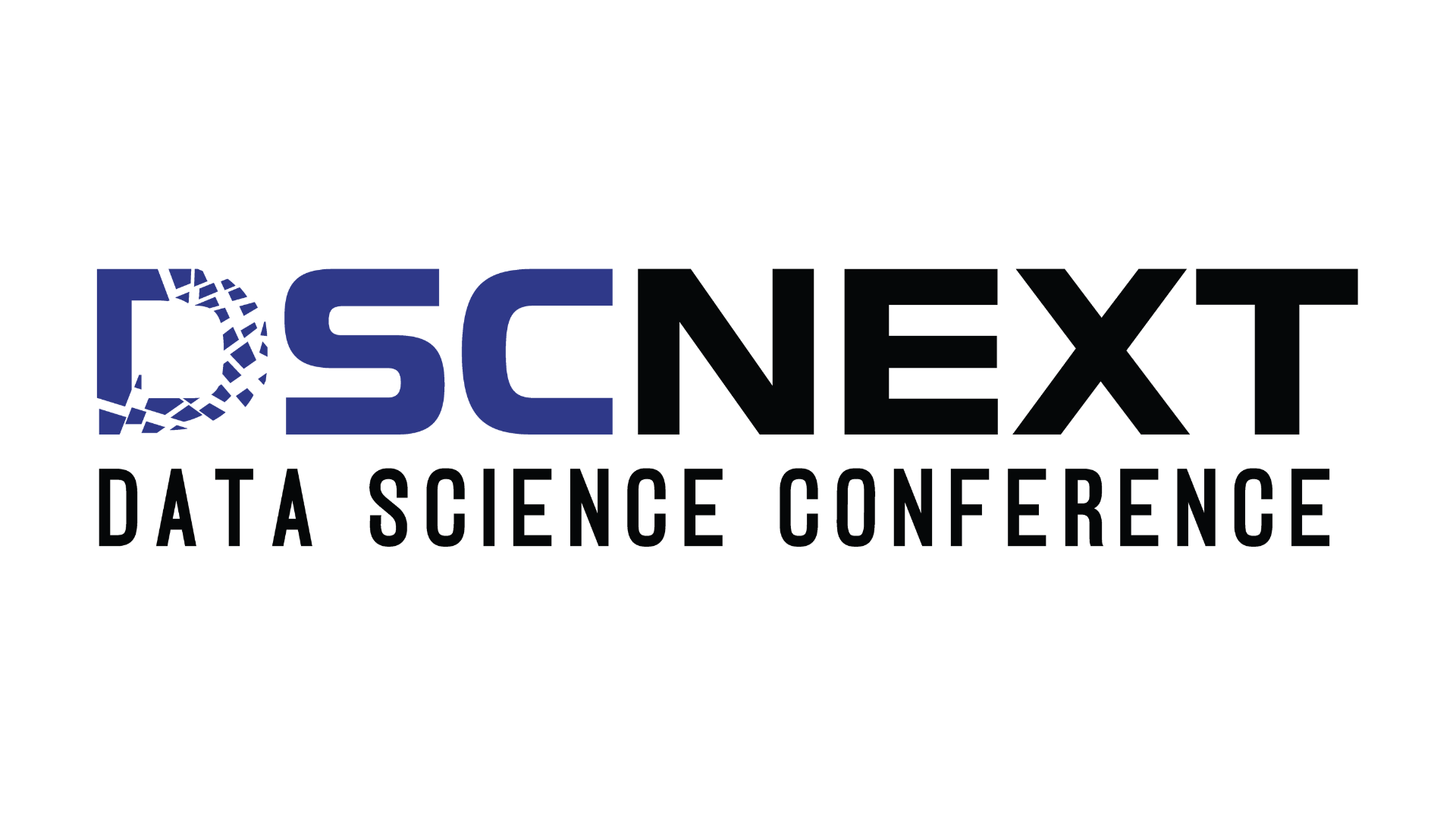
From California’s AI Bill to the Rise of Gemini Live and Global AI Infrastructure, Here’s How 2024 Set the Stage for What’s Next
Introduction
From groundbreaking AI regulation in California to global infrastructure breakthroughs and billion-dollar funding deals, the second half of 2024 marked a pivotal phase in the evolution of artificial intelligence and emerging technologies. Major players like Google, OpenAI, NVIDIA, and Apple unveiled innovations that are reshaping how people interact with machines and how enterprises operate. This blog highlights key developments that define the trajectory of AI and tech as we head toward 2025 and beyond.
1. California’s AI Law SB 1047 Sets a New Standard for Tech Accountability
California has taken a bold step toward responsible AI with the introduction of the
AI Models Act (SB 1047) by Senator Scott Wiener. The bill mandates transparency in critical sectors—finance, healthcare, and employment—requiring companies to disclose AI use and assess systems for bias. A standout provision is the“kill switch,” allowing emergency shutdowns of AI posing public safety risks. Governor Gavin Newsom’s backing underscores the bill’s urgency and alignment with ethical innovation.
Heading into 2025, SB 1047 continues to influence national conversations on AI safety and the role of government in tech innovation.
2. OpenAI Approaches $100 Billion Valuation with Strategic 2024 Funding Boost
In late 2024, OpenAI neared a $100 billion valuation following a $1 billion investment from Thrive Capital. CFO Sarah Friar confirmed the funds were directed toward developing GPT-5 and Project Strawberry, which aimed to improve the model’s reasoning capabilities and general performance. CEO Sam Altman emphasized the milestone as a leap toward OpenAI’s mission of aligning powerful AI with human progress. With Microsoft’s ongoing support—including over $13 billion invested—OpenAI continues to expand its global footprint and lead AI innovation into 2025.
3. Gemini Live by Google Redefines Voice-First AI Interaction
Announced in August 2024, Google’s Gemini Live introduced a fluid, hands-free voice interaction model—marking the company’s direct challenge to ChatGPT Voice. Initially launched for Gemini Advanced users on Android devices such as Pixel and Samsung Galaxy phones, the experience offered real-time conversational flow and the ability to interrupt or guide the AI mid-dialogue. Since its launch, Google has expanded language support and begun integrating multimodal features, allowing users to interact through voice and camera in real-world contexts.
4. NVIDIA and WWT Empower Enterprises with Ready-to-Deploy AI Blueprints
In a move to accelerate enterprise AI adoption, NVIDIA and World Wide Technology (WWT) launchedNIM Agent Blueprints in 2024—pre-configured generative AI workflows tailored for sectors like customer service, pharmaceutical R&D, and document intelligence. Built using NVIDIA’s AI Enterprise toolkit and tested in WWT’s AI Proving Ground, these solutions have helped businesses scale AI initiatives more efficiently. By 2025, major integrators such as Accenture, Cisco, and Dell have begun deploying these systems across global industries, further cementing NIM Blueprints as a go-to enterprise tool.
5. Japan and Taiwan Activate the First Cross-Border All-Photonics Network
In a major cross-border achievement, Chunghwa Telecom and NTT Corporation launched the world’s first International
All-Photonics Network (APN) in late 2024, connecting Taipei to Tokyo over 3,000 km. Designed for ultra-low latency (17ms one-way), the 100 Gbps optical path is already supporting use cases in smart factories, disaster response, and immersive digital experiences. Built under the IOWN Global Forum architecture, the APN has set a powerful precedent for global next-gen network design. NTT CEO Akira Shimada emphasized its role in accelerating industrial collaboration between Japan and Taiwan.
6. Apple’s iPhone 16 Launch Redefines AI Integration in Consumer Tech
Apple’s iPhone 16, teased in late 2024 with the slogan “It’s Glowtime” marked a bold pivot toward AI-powered mobile computing. The flagship device introduced on-device intelligence, enhanced Siri responsiveness, real-time translation, and adaptive photography features—ushering in a new era for the Apple ecosystem. The iPhone 16 has since become a case study in how consumer AI is transitioning from cloud-based models to privacy-first, edge-device experiences.
7. DSC Next 2026: The Premier Destination for AI Business Impact
Looking ahead, DSC Next 2026 is emerging as one of the most anticipated conferences on data science and enterprise AI. Focused on turning theory into real-world impact, DSC Next gathers leading researchers, engineers, and business executives to explore how AI can drive transformation across sectors. From AI ethics panels to live demos of enterprise deployment strategies, the event is becoming a hotspot for innovation and strategic AI implementation.
Conclusion: Navigating the New AI Order
These developments across 2024 signalled a turning point in how the world governs, funds, and integrates artificial intelligence. Whether it’s California paving the way for ethical AI laws, OpenAI securing historic investments, or Japan and Taiwan connecting the first All-Photonics Network, each milestone adds to a broader shift toward responsible, high-performance innovation. As we approach 2026, events like DSC Next will be central in continuing the dialogue on scaling AI for good, bringing together thinkers and builders committed to steering this technology toward meaningful impact.

